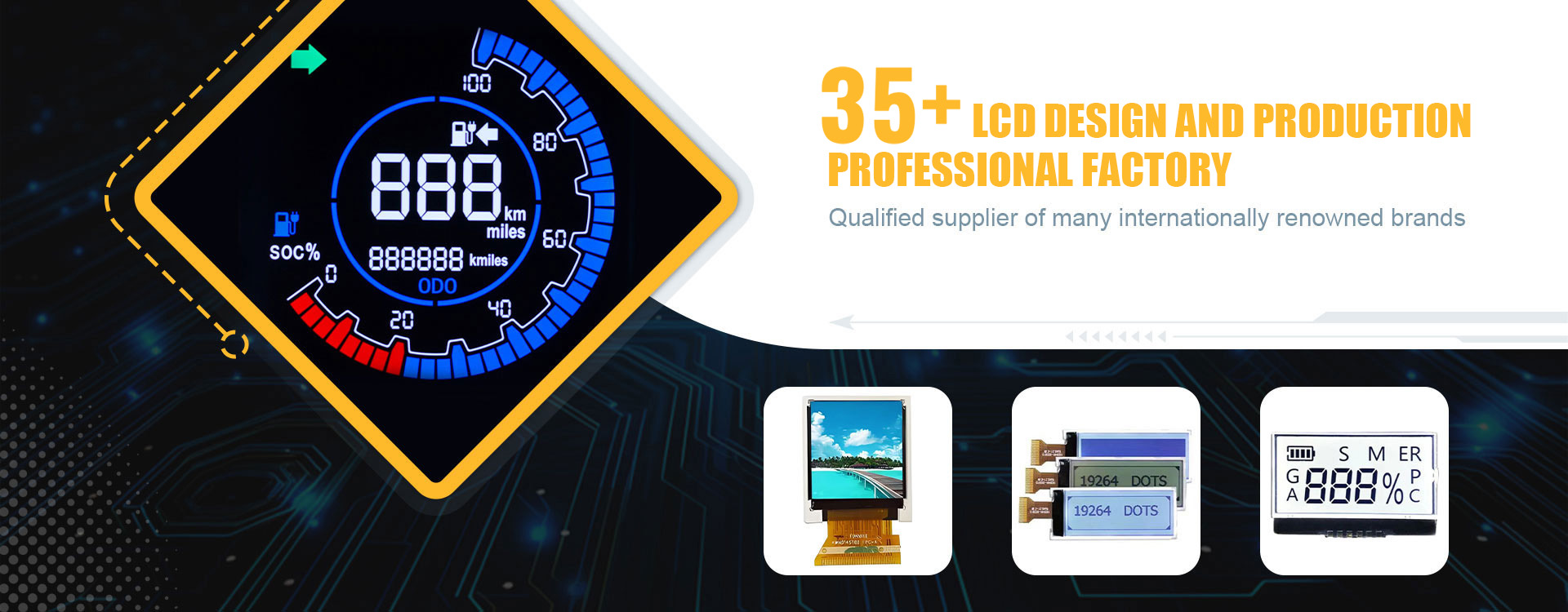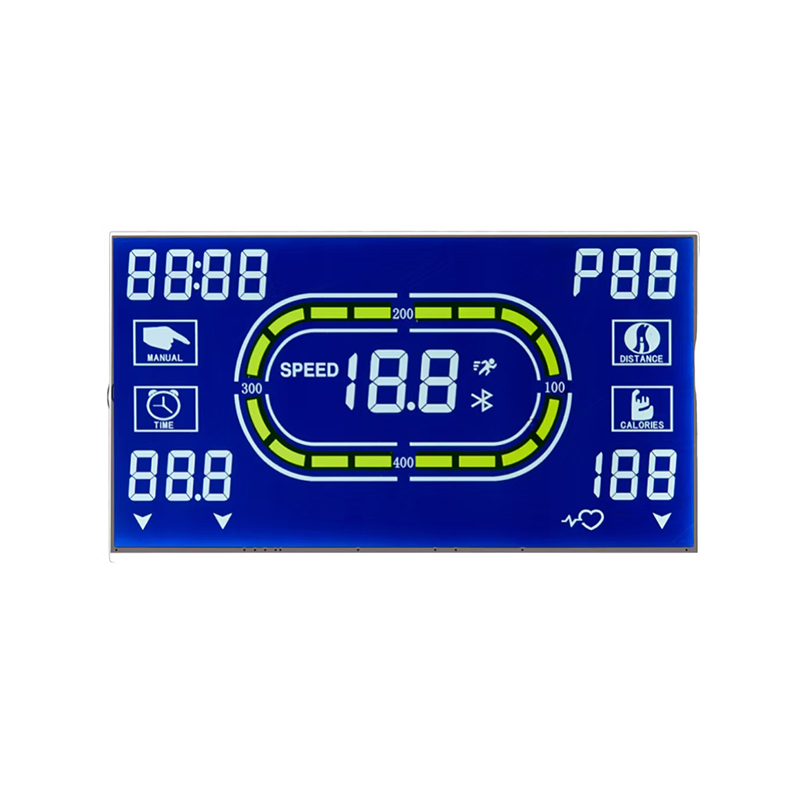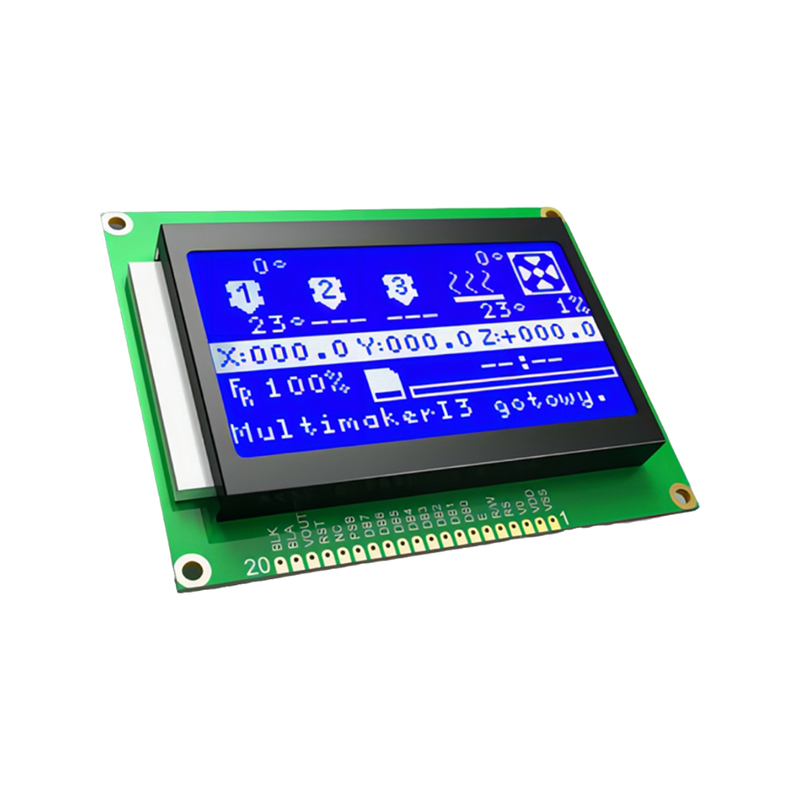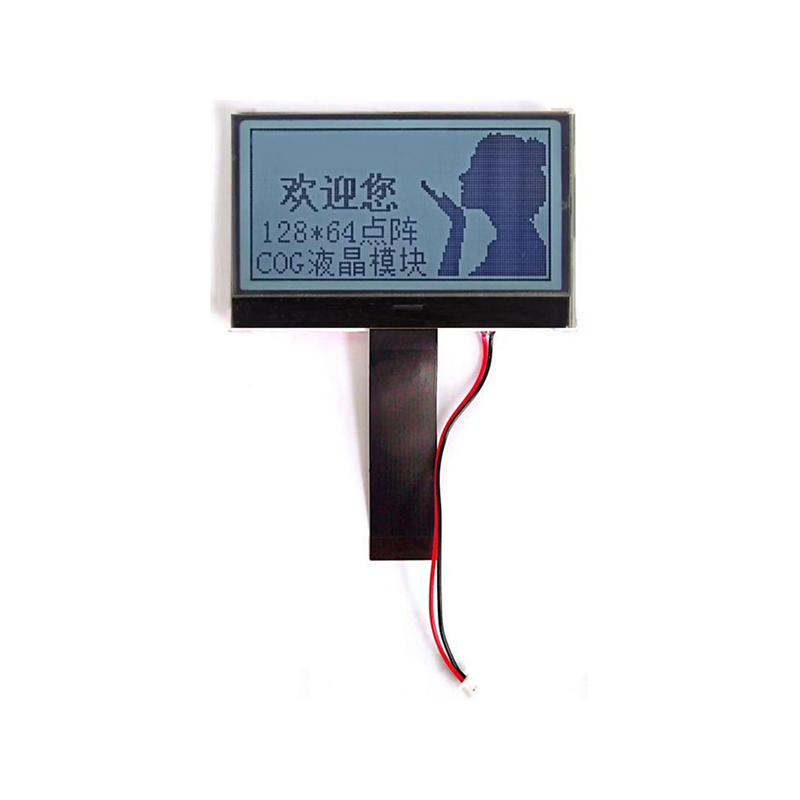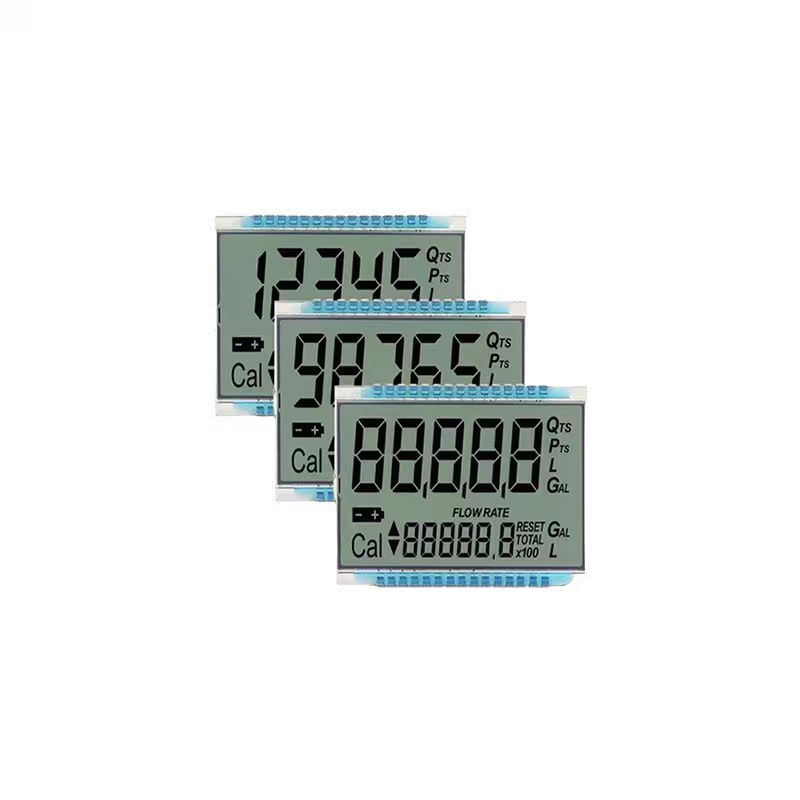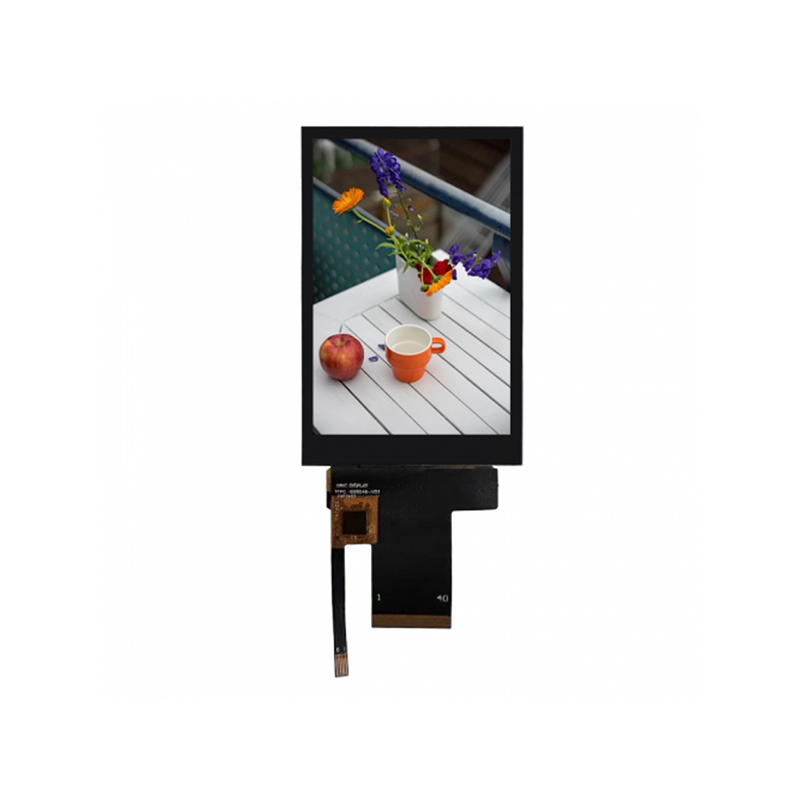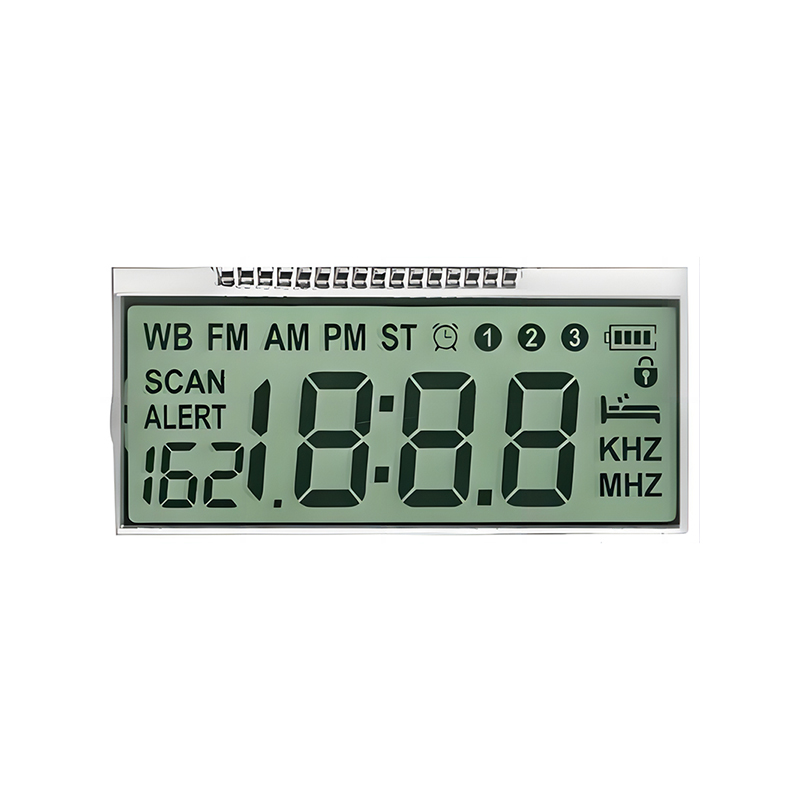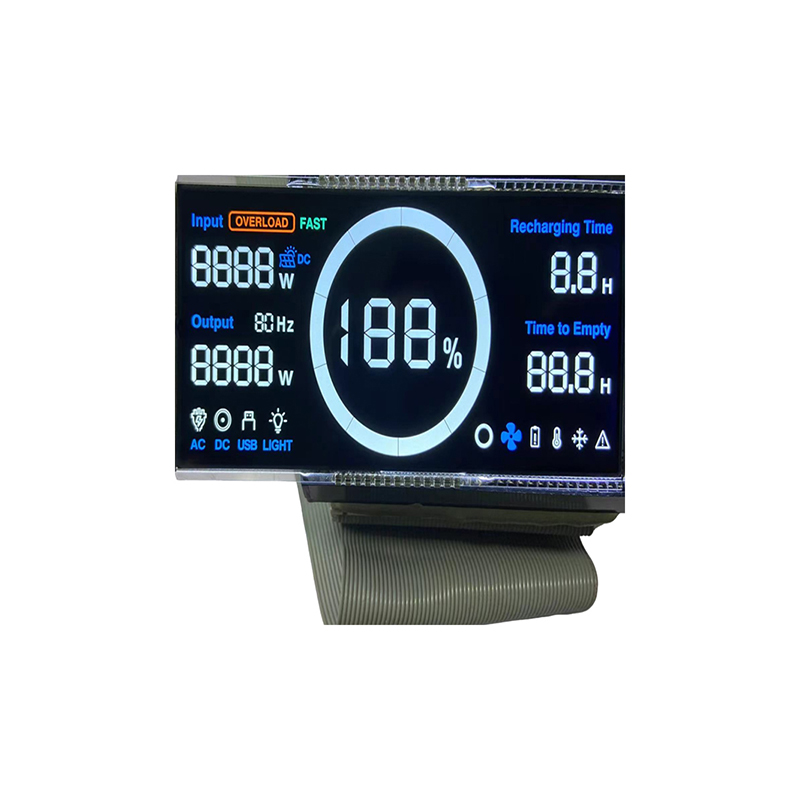
Finding the right small TFT display can be challenging, given the wide array of options available. This guide cuts through the noise, providing an in-depth look at the key features to consider when selecting a display for your needs. We'll explore different display types, sizes, resolutions, and applications to help you make an informed decision. Whether you're building a custom embedded system, developing a portable device, or need a screen for a specific application, this guide will provide the knowledge you need to choose the best small TFT display for your project. We'll also touch upon important considerations like power consumption and interface compatibility.
TFT (Thin-Film Transistor) displays are a type of LCD (Liquid Crystal Display) that uses transistors to individually control each pixel. This allows for higher resolutions and faster response times compared to other LCD technologies. Small TFT displays are prevalent in various applications due to their cost-effectiveness and versatility. The technology behind them has advanced significantly, leading to improvements in image quality, energy efficiency, and overall performance.
The size of the display is perhaps the most obvious factor. Small TFT displays typically range from 1 inch to 7 inches diagonally. Consider the physical space constraints of your project when selecting the appropriate size. Smaller displays are ideal for portable devices and embedded systems, while larger ones may be better suited for applications requiring more screen real estate.
Resolution refers to the number of pixels on the display. Higher resolution means sharper images and text. For small TFT displays, common resolutions range from 128x128 pixels to 800x480 pixels, or even higher depending on the size. The resolution you choose will depend on the level of detail required for your application.
Brightness, measured in cd/m2 (candela per square meter), indicates how bright the display is. Higher brightness is essential for applications where the display will be used in bright environments. Choosing the right brightness level ensures optimal visibility, even under direct sunlight or in brightly lit areas. Consider the operating environment of your device when selecting the appropriate brightness.
The interface determines how the display communicates with the controlling device. Common interfaces for small TFT displays include SPI, I2C, and parallel interfaces. Selecting the right interface is crucial for compatibility with your existing hardware and software.
Several reputable manufacturers produce high-quality small TFT displays. Researching different manufacturers allows you to compare features, pricing, and availability. Some well-known manufacturers offer a wide range of options to suit diverse applications and budgets. It's always advisable to check the manufacturer's specifications and documentation before making a purchase.
The best small TFT display for your project will depend on your specific needs. Consider the factors discussed above, such as size, resolution, brightness, and interface, to narrow down your options. Many manufacturers provide detailed datasheets and application notes to help you make an informed decision. Don't hesitate to consult with technical experts if needed.
| Feature | Display A | Display B |
|---|---|---|
| Size | 2.4 | 3.5 |
| Resolution | 320x240 | 480x320 |
| Brightness | 300 cd/m2 | 450 cd/m2 |
| Interface | SPI | I2C |
Note: Display A and Display B are examples and do not represent specific products. Always consult the manufacturer's specifications for accurate information.
For a wide selection of high-quality small TFT displays, consider exploring the offerings at Dalian Eastern Display Co., Ltd. They provide a variety of options to meet your specific project needs.
This guide serves as a starting point for your research. Always refer to the manufacturer's documentation for the most accurate and up-to-date information on specific products. Remember to consider your budget and the unique requirements of your application when making your final selection.
